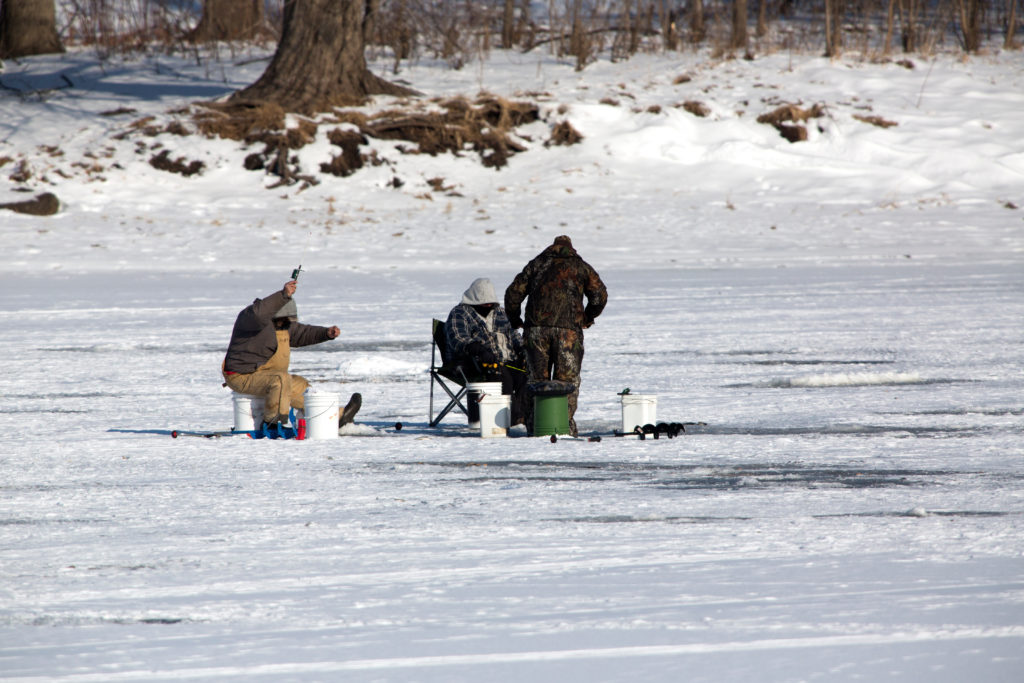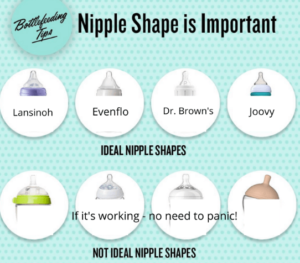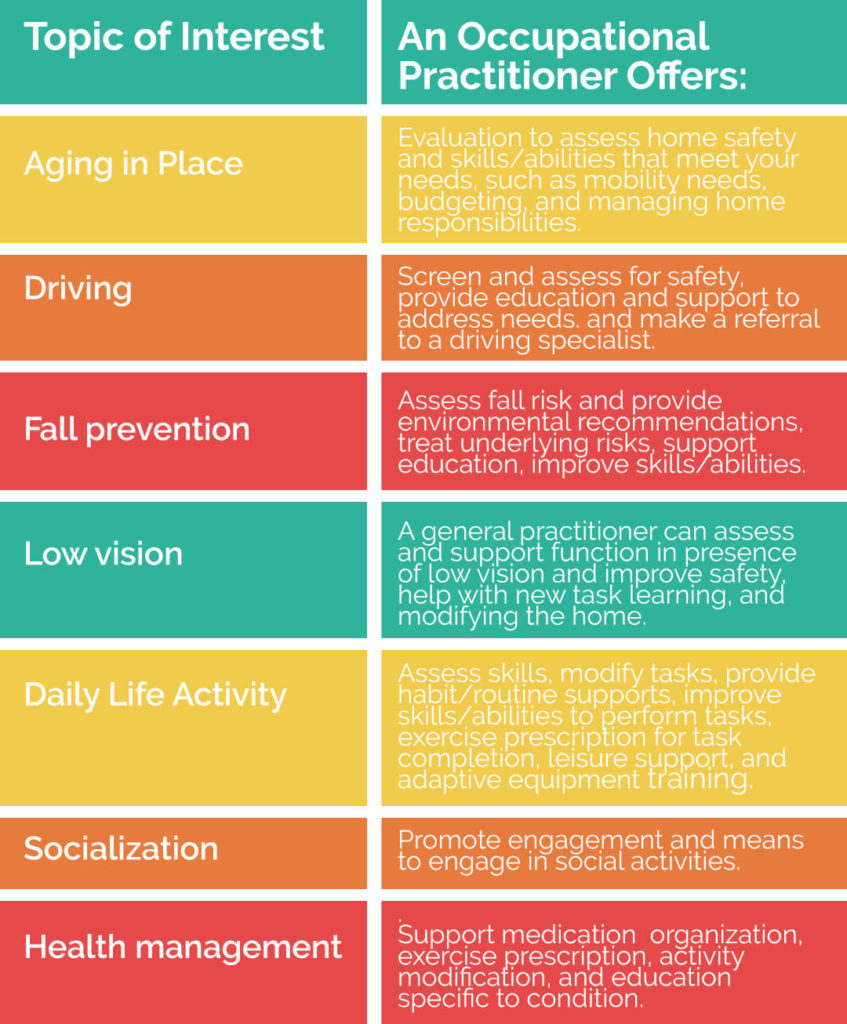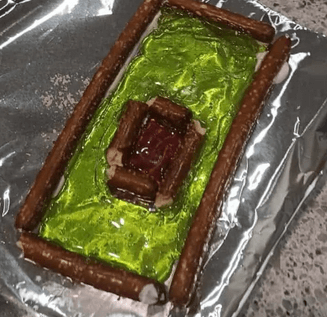The holidays may be over, but winter is finally here. If you are like me and feel like you end up stuck inside all winter, hopefully this will provide you with some outdoor inspiration. There are a lot of outdoor winter activities great for children and adults alike here in Montana. Keep reading to find out my favorite activities to get you outside this winter!
The Best Montana Outdoor Winter Activities
Skiing
Skiing is usually the first thing that comes to mind when I think of winter and the outdoors, especially here in Montana. We are lucky, because we have two great facilities close to home. Both ski areas are a relatively short drive from Belgrade/Bozeman. If you are new to skiing, have no fear! Bridger Bowl and Big Sky Resort offer lessons for both children and adults, as well as kid camps. Both also partner with Eagle Mount to provide lessons for adaptive skiers, including those with developmental delays, visual impairments, spinal cord injuries, and amputees.
Sledding
Who doesn’t love hopping on a tube or a sled for a few runs down your favorite hill? If you have kids, this is a relatively fast and easy way to let them work out a little extra energy that is easily built up during these short winter days. Gallatin County Regional Park has a giant man-made hill perfect for sledding and well loved after a fresh snow. Snowfill Recreation Area also has a lot of great hills for sledding down, just watch out for dogs, since this is also an off-leash dog park. Another town favorite is Peet’s Hill. This hill is very well loved and the biggest sledding hill in Bozeman, so beware. It can become pretty icy, but it’s a great work out hiking back up each time.
Ice Skating
There are several places around Bozeman and Belgrade where you can lace up your skates and take a spin on the ice. In Belgrade, Kiwanis Park (702 Home Run Drive) has a seasonal ice rink and warming shelter. There is also a seasonal rink on the corner of North Broadway and West Park Street. In Bozeman, Beall Park, Bogart Pavilion, and Southside City Park all have ice rinks. If you’re new to ice skating or just want to give it a try before fully committing, Chalet Sports and Play It Again Sports both offer skate rentals.
Montana Outdoor Winter Activities – Hiking/Snowshoeing
Hiking is one of my favorite summer activities, but just because there is snow on the ground doesn’t mean you can’t still enjoy a good hike in the winter. There are so many trails around the area and if you are willing to drive out to Three Forks or Manhattan you are likely to find some trails without a ton of snow. The Missouri Headwaters State Park and Buffalo Jump State Park are two of my favorites. If you prefer a winter wonderland, Hyalite Canyon Recreation Area offers a lot of trails great for snowshoeing. If you don’t have your own snowshoes, no worries, Chalet Sports rents these out too.
Ice Fishing
Ice fishing is a great way to get outdoors during our long Montana winters. Sure, it might be cold, but it can be a fun and laid-back way to catch up with family or friends. This activity is best for those who already have the equipment or have a friend with equipment who wants to take you with them. Hyalite Reservoir is great for ice fishing. There is a five trout per day limit and graylings are catch and release. You can also ice fish at Glen Lake Rotary Park. Just remember, a valid fishing license is required!

Cross Country Skiing
This is an activity I would like to devote more time to this year. If hiking and snowshoeing don’t appeal to you, cross country skiing may be just the right fit. You can still explore the beauty that winter in Montana has to offer. But, you can make it as easy or challenging as you like. There are several groomed trails around Bozeman and Belgrade.
The Bridger Ski Foundation grooms several trails in and around Bozeman, so you can find the perfect trail to meet your skill level. Trails are located at Bridger Creek Golf Course, Hyalite Canyon, Bozeman Creek, and Lindley Park. Bridger Ski Foundation has also put together a handy map showing the trails and skill levels. If you are looking for a lovely area to explore that is more challenging, Crosscut Mountain Sports Center has several miles of beautiful terrain to explore, and they also offer lessons and rentals.
Montana Outdoor Winter Activities – Hot Springs
I saved my favorite for last. After a long day playing outside, there is no better way to unwind than with a soak in one of our hot springs. Bozeman Hot Springs, Norris Hot Springs, and Chico Hot Springs are all a relatively easy drive from Bozeman/Belgrade. Bozeman and Chico Hot Springs are open to the public daily. Norris Hot Springs is open Thursday through Sunday.
Hopefully this has filled you with inspiration to get outside this winter! You can also check out Exploring Yellowstone if you just want to jump ahead to planning for summer.




